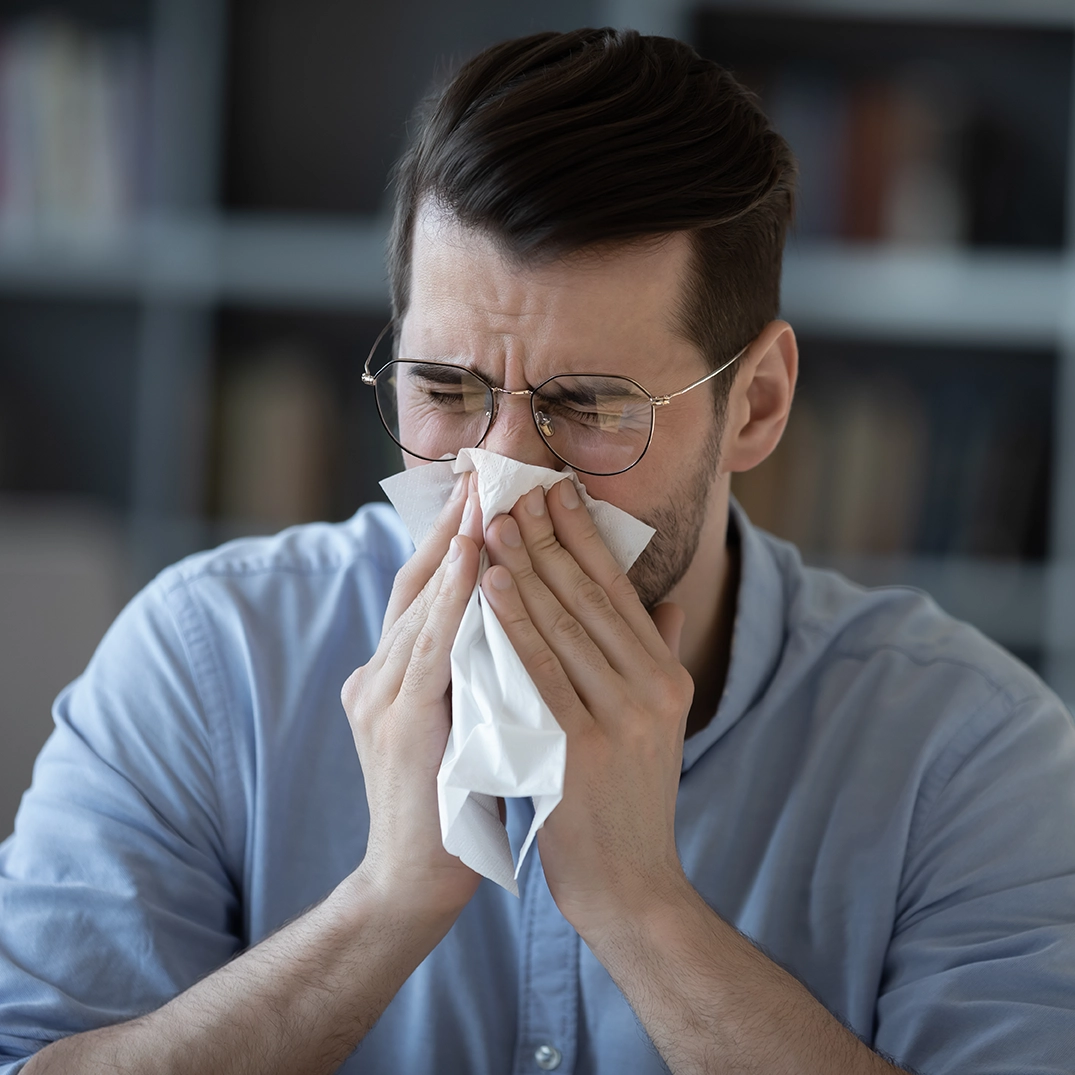Introduction
Increased pulmonary vascular resistance (PVR) is one of the defining features of pulmonary arterial hypertension (PAH). Consequently, it causes maladaptive remodeling characterized by right ventricle (RV) dilation, septal bowing and impaired contractility. A decline in RV function becomes evident as indicated by a decrease in the cardiac index and right ventricular stroke volume (RVSV), resulting in RV failure and death. Important treatment goal in PAH is thereby to reverse this maladaptive remodeling and maintaining RV function. Cardiac magnetic resonance (CMR) is a non-invasive accurate method for evaluating RV function and remodeling complementing the right heart catheterization (RHC) findings.
Aim
The REPAIR (Right vEntricular remodeling in Pulmonary ArterIal hypeRtension) study assessed the effect of macitentan on RV and hemodynamic outcomes in patients with symptomatic PAH, using CMR and RHC.
Patient Profile
- Patients aged 18-74 years of age with idiopathic or heritable PAH
- PAH treatment-na?ve or receiving a stable background phosphodiesterase type-5 inhibitor (PDE-5i) for at least 3 months
- Having a 6-min walk distance (6MWD) of ≥150 m
- World Health Organization functional class (WHO FC) I-III
Method
Study Design
- Prospective, multicenter, single-arm, open-label, 52-week, phase 4 study
Treatment Strategy
- CMR was performed at screening, week 26 and week 52.
- The images at baseline and week 26 were assessed for first 42 patients as an interim analysis.
- PVR was evaluated at baseline and week 26
- The full analysis set comprised all recruited patients who received atleast 1 dose of macitentan and had valid measurements of primary endpoints at baseline and week 26.
End Points
Primary Endpoints
- Change from baseline to week 26 in RV stroke volume (RVSV), evaluated by CMR
- Change from baseline in PVR assessed by RHC
Secondary Endpoints
- Change in RVESV
- Change in right ventricular ejection fraction (RVEF)
- Change in RV end-diastolic volume
- Change in RV mass
- Change in 6MWD
- Change in WHO FC
- Change in mean pulmonary arterial pressure (mPAP), right arterial pressure (RAP)
- N-terminal pro b-type natriuretic peptide (NT-proBNP)
Results
- When both the primary endpoints were available for 42 patients (interim analysis set), enrollment was stopped, and the study was declared positive.
- The final analysis set comprised 71 patients with a median age of 45 years, 80.3% females, 59.2% had idiopathic PAH, 47.9% were WHO FC II and 50.7% in WHO FC III
- Macitentan was initiated as monotherapy in 23.9%, as an add-on with PDE-5i in 38% and in combination with PDE-5i in 38%
- RVSV increased by 12 mL and 15.2 ml in the final analysis and interim analysis sets at week 26 respectively (p<0.0001 for both) as seen in Table 1.
- PVR decreased by 38% and 37% at week 26 in final and interim analysis sets respectively (p<0.0001 for both) as seen in Table 1.
|
| Interim analysis set | Final analysis set | ||||
|
| Baseline | Change from baseline to week 26 | P value | Baseline | Change from baseline to week 26 | P value |
| RVSV (ml) | 50.7+17.5 | 15.2 | <0.0001 | 52.2+17.2 | 12 | <0.0001 |
|
| Baseline | Week 26 /baseline ratio | P value | Baseline | Week 26 /baseline ratio | P value |
| PVR | 900.2+457.6 | 0.63 | <0.0001 | 974.6+679 | 0.62 | <0.0001 |
- Significant positive changes were also observed in CMR secondary endpoints of RVESV, RVEF and RV mass and in exploratory CMR endpoints (RV and left ventricular) at week 26.
- Significant improvements were noted in the mPAP (mean decrease of -7.7 mm Hg) and cardiac index (mean increase of 0.5 L/min/m2) at week 26.
- There was remarkable increase in the 6-MWD by mean of 35.6 mand was maintained at week 52.
- At week 26, 57.1% had improved WHO FC and no patient had worsened. This improvement was also sustained till week 52 as shown in Figure 1.
- NT-proBNP levels significantly decreased by 55% at week 26 and was maintained at week 52.
- Results of safety analysis done in 87 patients were consistent with previous clinical trials and were as follows-
- Atleast 1 AE was reported by 86.2%
- 16.1% reported 1 SAE
- Most frequent AEs were peripheral edema and headache
Conclusions
- Treatment with macitentan as monotherapy or as a part of combination therapy resulted in clinically significant improvements in right ventricular (RV) function and structure and cardiopulmonary hemodynamics in patients with pulmonary arterial hypertension (PAH).
- The mean RVSV was brought to within the normal range in men and women with macitentan.
- At 52 weeks, improvements in RV function (RVSV and RVEF) and structure (RVSVE and RV mass) were sustained, indicating that macitentan has beneficial remodeling effects on RV in PAH patients.
JACC Cardiovasc Imaging. 2021 Nov 6; S1936-878X(21)00635-5.

.svg?iar=0&updated=20230109065058&hash=B8F025B8AA9A24E727DBB30EAED272C8)








